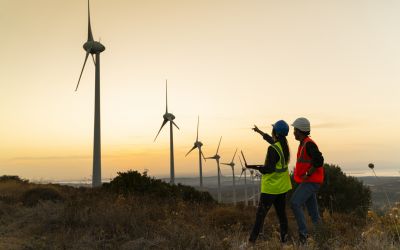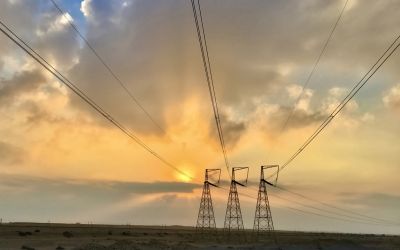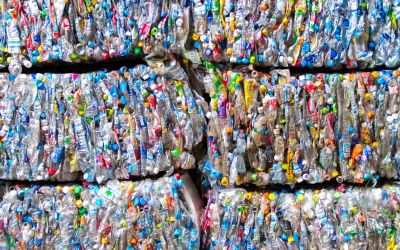Columbia River coal export facility challenged on greenhouse gases
Plans to open the first major coal export facility on the West Coast of USA are likely to be delayed until next year.

Plans to open the first major coal export facility on the West Coast of USA are likely to be delayed until next year. The decision was made after an appeal was filed by a coalition of environmental groups. They say shipping coal to Asia throws a spanner in U.S. efforts to reduce international greenhouse gas emissions (GHG).
On November 23 commissioners in Cowlitz County, Washington, approved the 5.7 million tonne, per year, shipping facility on the Columbia River. Those appealing argue that efforts to shut down coal-fired power plants in USA are pointless if American coal, unburned in America, goes to power plants in China.
Brett VandenHeuvel, Executive Director of Columbia Riverkeeper, one of the four organisations asking the Washington state, Shoreline Hearings Board to overturn the permit said: "The Pacific Northwest has dedicated a tremendous amount of energy to trying to reduce our coal use, and now the state of Washington would be allowing a massive amount of coal to be exported from our shores, while at the same time shutting down coal plants here."
If the export facility were to go ahead, coal originating from the Powder River Basin in Wyoming and Montana, would travel to Washington via railroads to a former aluminium plant site in Longview in Texas. From there, Millennium Bulk Logistics, a subsidiary of Ambre Energy, proposes to ship it to clients in Asia, predominantly to China.
Small-scale shipments in the Western US, British Columbia have handled the bulk of the region's coal exports. The new facility proposed in Longview is the first of several planned along the West Coast, as coal producers rush to adjust to the booming coal markets in Asia, that have recently started to dwindle in the USA.
Joseph Cannon, Millennium's Chief Executive, said shipping Montana and Wyoming coal to China would result in fewer damaging emissions.
Cannon said: "China is building coal-fired electric power plants like crazy. They have a near-insatiable appetite for electricity over there. So they're going to burn coal. This coal is vastly cleaner than the coal that's being burned in China. Not just less mercury, but less sulphur and less nitrogen. That's not a greenhouse gas, of course, but this will make it better for the people of China."
The appeal, signed by the Sierra Club, Climate Solutions, and the Washington Environmental Council – represented by Earthjustice – contests that county commissioners did not do a thorough enough environmental report to notice all the harmful effects coal transportation would have on the environment. They found that the commissioners were more interested in the fact that shipping American coal to Asia to be burned would cut US carbon emissions, but not the worlds.
The appeal says the county should have examined the water pollution, wildlife and air quality impacts of both mining and transporting large quantities of coal, impacts of commodity shipping traffic in the Columbia River and Pacific Ocean.
It calculates that 5.7 million tonnes of coal will generate more than 11 million tonnes of CO2 annually - the equivalent of 2 million cars - while the largest single source of CO2 emissions in Washington, a coal-fired power plant in Centralia, emits roughly 8 million tonnes per year.
"This one facility would export about as much coal as the whole state of Washington now uses, and it's just the tip of the iceberg. It flies in the face of the state's commitment to climate solutions," KC Golden, Policy Director of Climate Solutions, said in a statement.
Author: Charity Knight | Climate Action
Image: doug_wertman | flickr






